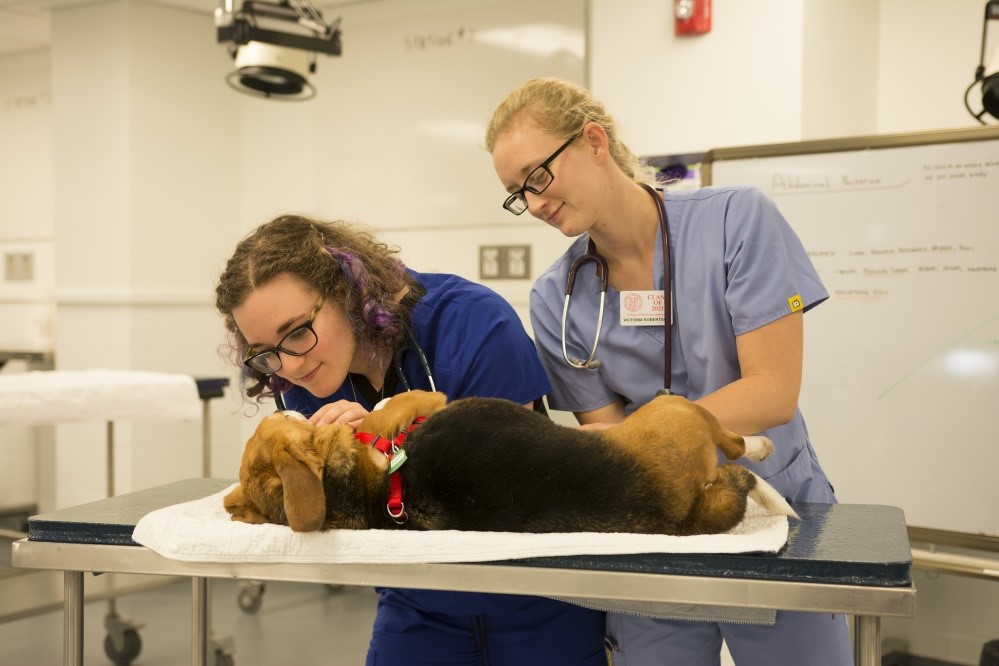

His motor symptoms resolved during the next 6 months however, he continued to experience mild cognitive impairment. He returned home after 14 days with residual right-sided weakness and rigidity and impaired cognition. The patient was diagnosed with encephalitis of unknown etiology and treated empirically with antibiotics and corticosteroids, with resolution of fever and recovery of normal mental status the next day. Brain magnetic resonance imaging (MRI) revealed left-sided cerebral edema with ischemic changes of the thalamus and striatum. Cerebrospinal fluid (CSF) showed lymphocytic pleocytosis and elevated protein bacterial cultures, herpes simplex virus (HSV), and enterovirus polymerase chain reaction (PCR) were negative. On admission to the hospital, the patient was disoriented and stuporous. Four days before admission, he developed headache, neck stiffness, and confusion, which progressed over the next few days. Ten days before admission, the symptoms recurred and he was treated with intramuscular penicillin. On June 26, 15 days before admission, he developed fever, myalgias, and cough, which improved with empiric antibiotics. In June, he had traveled to eastern Russia where he noted having multiple tick bites. On July 11, 2001, a previously healthy man aged 57 years was admitted to a Utah hospital with fever of 102.7☏ (39.3☌), tachycardia, mental status changes, right arm tremors, and right-sided rigidity ( Table 1). Health-care providers should be aware of TBE, should counsel travelers about measures to reduce exposure to tick bites, and should consider the diagnosis of TBE in travelers returning from TBE-endemic countries with meningitis or encephalitis.Ĭase 1. traveler to China, had a monophasic illness with severe encephalitis and neurologic sequelae. The fifth patient, the first reported case of TBE in a U.S. All four patients who had traveled to Europe or Russia had biphasic illnesses (a common feature of TBE) and made nearly complete recoveries. All five cases had TBEV or POWV immunoglobulin M (IgM) antibodies in serum and were confirmed as acute TBE cases by plaque-reduction neutralization tests against both viruses.

travelers the five cases identified are summarized in this report. CDC recently reviewed all 2000-2009 laboratory records to identify cases of TBE among U.S. State health officials or clinicians send specimens from patients with unexplained encephalitis to CDC as part of routine surveillance and diagnostic testing. Before 2000, two cases of TBE in North American travelers to Europe were reported ( 5,6). TBEV is closely related to Powassan virus (POWV), another tick-borne flavivirus that is a rare cause of encephalitis in North America and Russia TBEV and POWV can cross-react in serologic tests ( 3,4). Although TBE is endemic in parts of China, information regarding its incidence is limited ( 1,2). Approximately 10,000 cases of tick-borne encephalitis (TBE) are reported annually in Europe and Russia ( 1). Tick-borne encephalitis virus (TBEV) is the most common arbovirus transmitted by ticks in Europe.


 0 kommentar(er)
0 kommentar(er)
